Seek Divinity And Peace At Mangaladevi Temple In Kerala
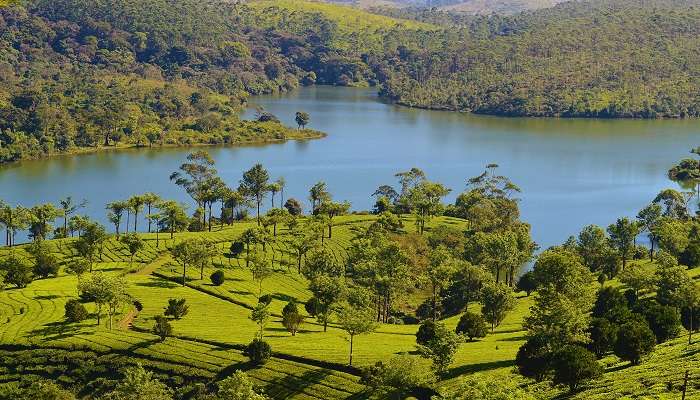
Mangaladevi Temple, a 1000-year-old temple in Thekkady, Kerala, is deep inside the Periyar Tiger Reserve. Dedicated to the Goddess Mangaladevi and revered for her grace and protection, this ancient temple holds a significant place in the spiritual fabric of the region. Travellers can have a wonderful experience, from zealots and nature lovers to architectural enthusiasts. Amidst lush greenery, you can surround yourself with breathtaking views and a positive aura; all adding to a wholesome experience. Enjoy a unique blend of spirituality, natural beauty, and cultural immersion at none other than Mangaladevi Temple.
About Mangaladevi Temple
You should know These five things before going to the Mangaladevi Temple in Thekkady, in the Idukki district of Kerala. Visit the temple to witness its divine beauty and experience peace and introspection amidst nature’s embrace.
1. History

Mangaladevi Temple history in Thekkady, Kerala, carries a rich background steeped in mythology and cultural significance. According to local legends, the temple is believed to have been built over 2000 years ago by the Pandyan King, Cheran Chenguttuvan, as a tribute to Goddess Mangaladevi, an incarnation of Goddess Parvati. The temple’s history intertwines with the tale of Kannagi, a legendary figure from the Tamil epic “Silappatikaram.” It is said that Kannagi, after seeking justice for her husband’s wrongful execution, travelled through Thekkady and halted at this sacred site, where she worshipped Goddess Mangaladevi. Her devotion and prayers are said to have blessed the land, making it a revered pilgrimage destination.
There are links to the Chera dynasty, another prominent ruling dynasty in South India. The Chera kings were known for patronising temples and their efforts to promote and sustain Hinduism. The temple’s strategic location, near the border of Tamil Nadu and Kerala, suggests that it might have served as a cultural and spiritual bridge between the two regions.
The Mangaladevi Temple has seen various architectural enhancements and renovations throughout the centuries, primarily influenced by the Pandya and Chera dynasties. Each period added to the temple’s grandeur, incorporating distinctive elements of South Indian temple architecture, such as intricately carved wooden structures and sloping tiled roofs, blending seamlessly with Kerala’s traditional architectural style.
Another legend attributes the temple’s foundation to Sage Parasurama, one of the incarnations of Lord Vishnu. It is believed that Parasurama, who is credited with creating the land of Kerala by throwing his axe into the sea, established the temple for Mangaladevi to protect the new land and its people.
Must Read: Temples In Kerala
2. Timings
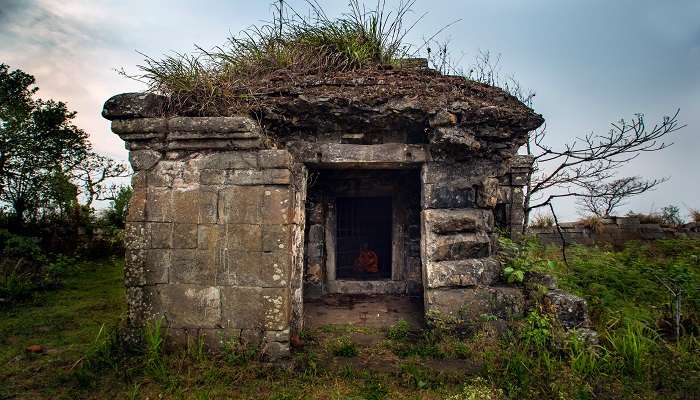
The Mangaladevi Temple timings in Thekkady typically follow a schedule that is conducive to visitors. While specific timings may vary, the temple generally opens its doors to visitors in the early morning hours, providing an opportunity to visit the auspicious place.
Visitors can often explore the temple premises throughout the day until early evening, allowing ample time to soak in the spiritual ambience and marvel at the architectural splendour. It’s advisable to check the temple’s official website or inquire locally for the exact timings, as they may be subject to change depending on festivals, rituals, or other events.
Monday to Thursday- 6 am to 8.30 pm
Friday- 6 am to 9 pm
Saturday and Sunday- 6 am to 8.30 pm
3. Spectacular Architecture

Mangaladevi Temple in Thekkady boasts a captivating architectural style that reflects Kerala’s rich cultural heritage. The temple’s design harmoniously blends traditional Kerala temple architecture with distinct Dravidian elements, creating a structure of remarkable beauty and grandeur.
The temple is well known for its Pandyan architecture. An underground passage in the temple is associated with numerous legends and myths. Inside the temple complex, visitors are greeted by a serene courtyard surrounded by pillared halls and shrines dedicated to various deities. The sanctum sanctorum, where the presiding deity Mangaladevi is enshrined, exudes an aura of sanctity and reverence. The sreekovil, or the sanctum sanctorum, is the innermost part of the temple where the deity resides. It is constructed using granite and laterite stones, providing a stark, solemn atmosphere contrasting the elaborate exterior. The roof of the sreekovil is often gilded or decorated with gold-plated copper sheets.
A traditional feature in Kerala temples, the thidappalli is the temple kitchen where food offerings (prasad) are prepared. It is usually located close to the main shrine and constructed to align with the temple’s overall architectural harmony.
The Mangaladevi Temple’s architecture is designed to integrate seamlessly with Kerala’s lush greenery and hilly terrain. Natural materials like wood, stone, and thatch, along with the open courtyards and verandas, allow the temple to blend into its environment, creating a serene and tranquil atmosphere for worshippers.
Suggested Read: Temples In Tamil Nadu
4. Legends Associated With The Temple
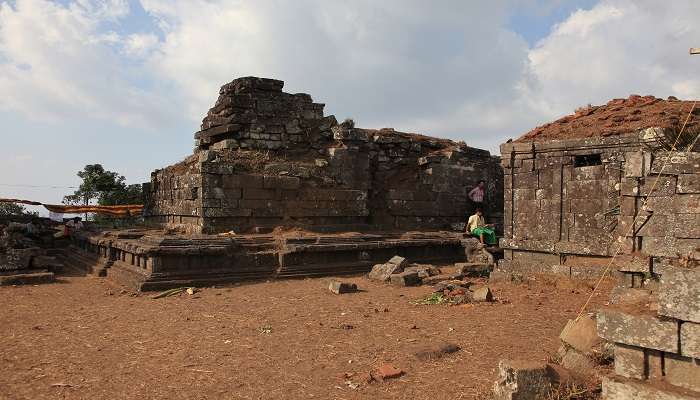
While Mangaladevi Temple in Thekkady is primarily known for its religious significance and architectural beauty, several fascinating stories and legends are associated with its history and mythology. One of the most prominent tales linked to Mangaladevi Temple is the legend of Kannagi, a central figure in the Tamil epic “Silappatikaram.” According to local lore, Kannagi, after seeking justice for her husband’s unjust execution, journeyed through Thekkady and halted at the site where Mangaladevi Temple now stands. It is believed that she worshipped Goddess Mangaladevi here, and her prayers were answered, leading to the temple’s establishment. Some people say that the underground passage of the tunnel leads to the Pandya kingdom.
Many devotees believe that seeking the blessings of Goddess Mangaladevi at the temple brings prosperity, protection, and fulfilment of wishes. Stories abound of devotees who have experienced miracles or divine interventions after visiting the temple and offering prayers with sincerity and devotion.
5. Celebration Of Chitra Pournami Festival
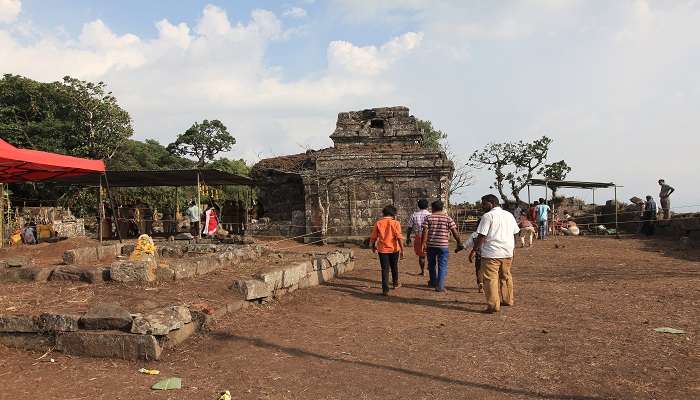
The Mangaladevi temple in Thekkady is not open for worship all year round. The Chitra Pournami festival, which takes place in April/May, is the only time devotees can worship the Devi. It is an elaborately celebrated festival that occurs on a full moon day. The Kerala and Tamil Nadu governments collaborate, and priests from both states perform rituals during the festival. The panchaloha idol used in the festival is brought from Kambam.
During the festival, the Mangaladevi Temple pooja list includes:
- Decoration of the idol of Goddess Mangala with flowers, silk, etc
- The sacred thread used by married women
- Thali and bangles
All in all, the festival is very auspicious, especially for women. Visitors offer pongal, or cooked rice, to the Devi.
Further Read: Mysterious Temples Of India
The Mangaladevi temple draws devotees and visitors from far and wide for its religious significance, serene ambience, and scenic surroundings. Next time you plan a trip to Kerala, do not forget to visit this auspicious temple, which stands as a testament to the region’s enduring faith and cultural heritage. So, experience the divine grace of Goddess Mangaladevi in the tranquil embrace of Thekkady’s wilderness.
For our editorial codes of conduct and copyright disclaimer, please click here.
Cover Image Source: Shutterstock
Frequently Asked Questions About Mangaladevi Temple
What is the significance of Mangaladevi Temple in Thekkady?
Mangaladevi Temple is revered as a sacred site dedicated to Goddess Mangaladevi, believed to bestow blessings and protection upon devotees. It holds historical and cultural significance, with legends linking it to the origin of the city of Mangalore and the epic tale of Kannagi.
Is there an entry fee to visit the temple?
Generally, there is no entry fee to visit Mangaladevi Temple. However, donations or contributions for temple maintenance and upkeep are appreciated.
Are there any dress code requirements for visiting the temple?
While there may not be strict dress code requirements, visitors are expected to dress modestly and respectfully when visiting religious sites. Avoid wearing revealing clothing and consider covering your shoulders and legs out of cultural sensitivity.
Are photography and videography allowed inside the temple?
Photography and videography policies may vary from temple to temple. It's best to inquire locally or with temple authorities regarding any restrictions or guidelines regarding capturing images or videos inside Mangaladevi Temple.
How can one get to the temple?
Prior permission from the wildlife warden of Thekkady is required to get to the temple. You can only reach the temple with the help of a jeep since the 12 km long journey is covered with forests and grasslands.
People Also Read:
Temples In South India Temples In Haridwar Temples In Uttarakhand
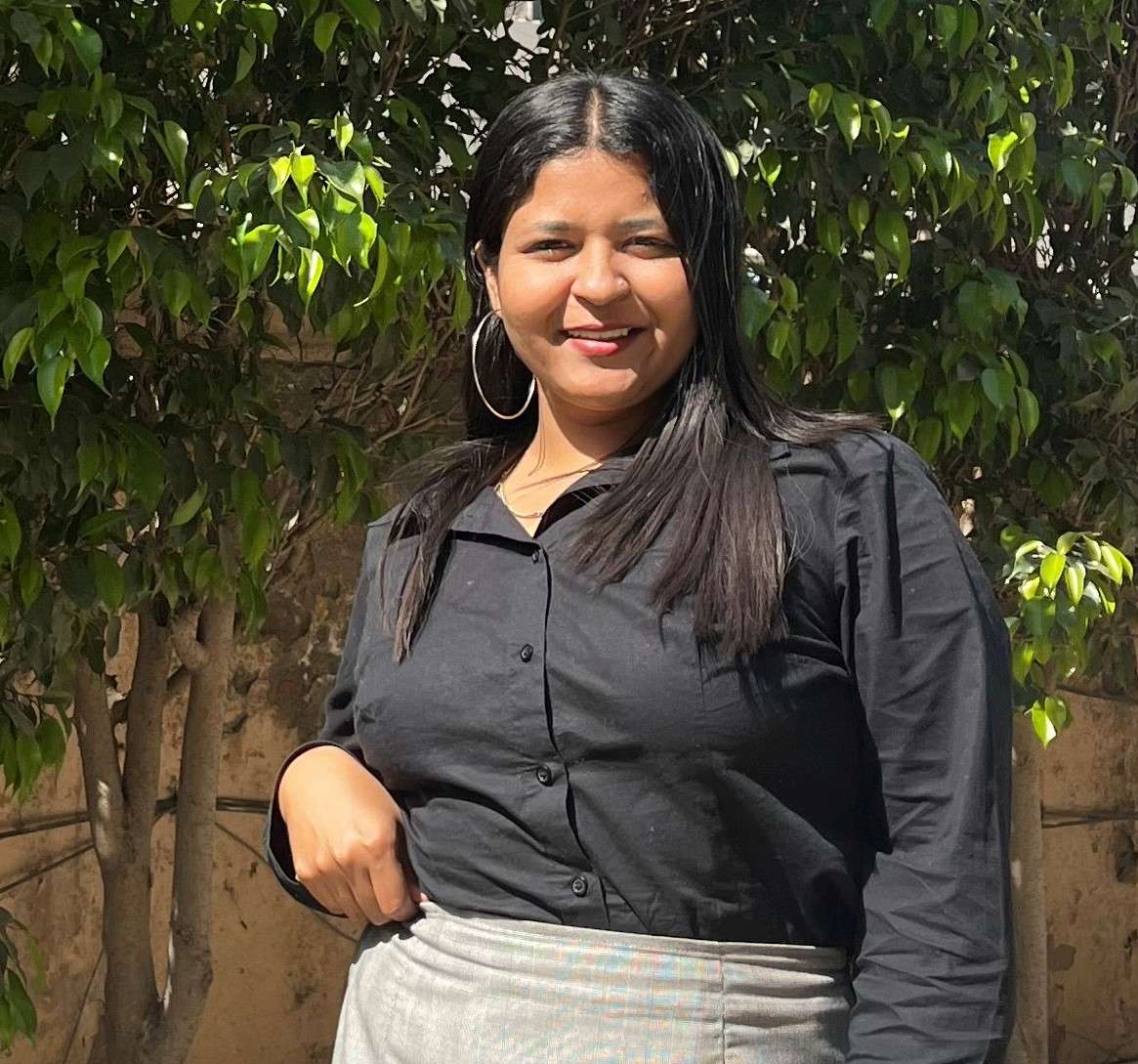
Embrace the essence of surreal places around the world through perfect narratives with a touch of imagination. As a content writer, I weave my ideas and words together to create a vivid picture of alluring destinations. Embark on limitless adventures as you read thrilling travel stories.











